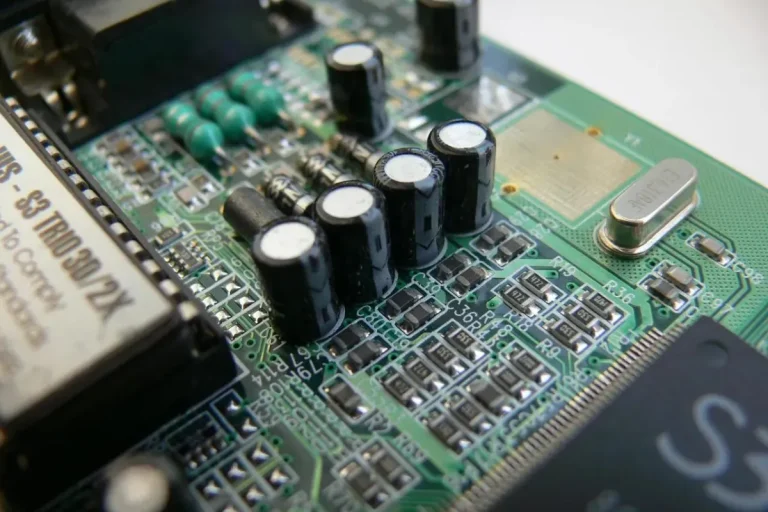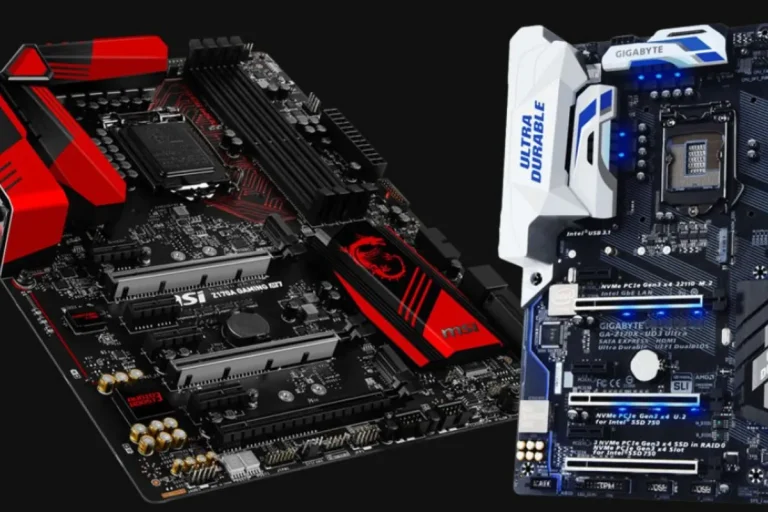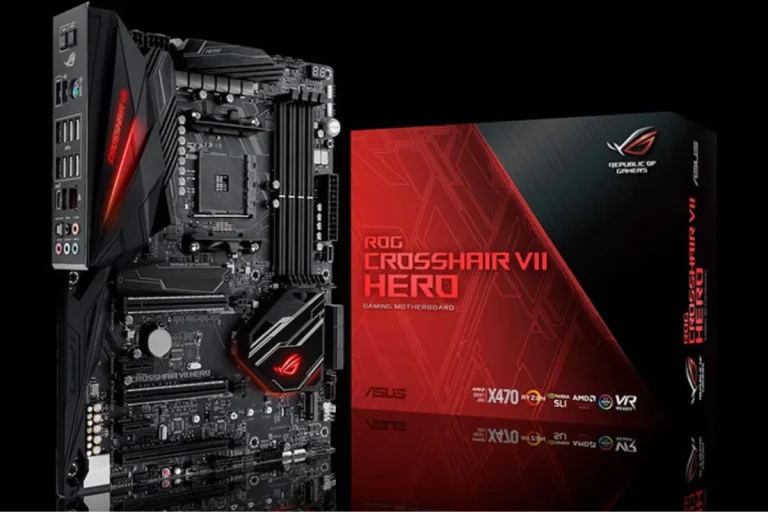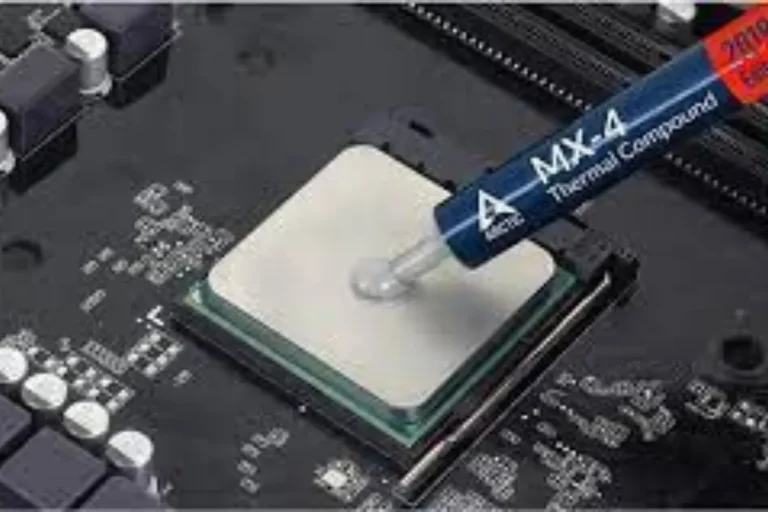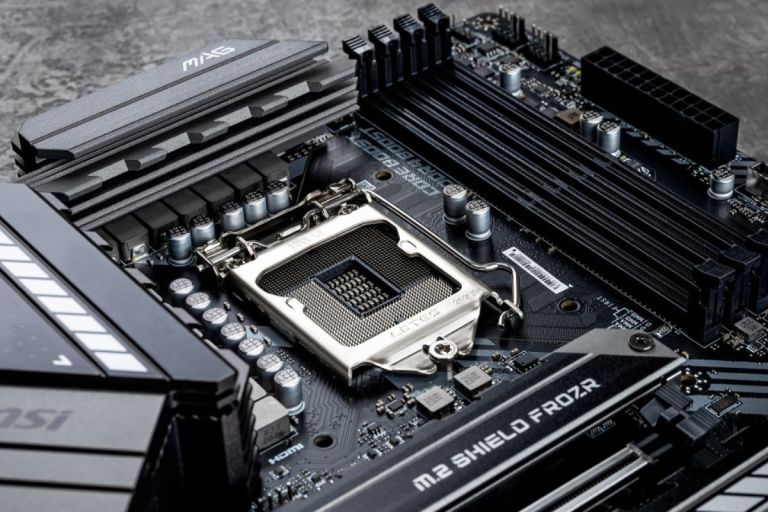What are the signs and consequences of a dead CMOS battery?
Is your computer acting up lately? It might be a sign of a dead CMOS battery. Don’t worry, we’ve got you covered! In this article, we’ll explain what a CMOS battery is and why it’s crucial for your computer’s operation. We’ll dive into the signs that indicate your CMOS battery needs attention and the consequences you may face if you ignore it.
Signs of a Dead CMOS Battery
Is your computer giving you a hard time starting up? Are you noticing frequent time and date resets that make you scratch your head? These could be signs of a dead CMOS battery. A closer look at the common signs that indicate your CMOS battery needs attention.
Inability to boot up or start the computer
One of the most obvious signs of a dead CMOS battery is when your computer refuses to boot up or start. You press that power button, but nothing happens. It can be frustrating, especially when you need to use your computer urgently.
Frequent time and date resets
Have you noticed that your computer’s time and date keep resetting to a default value? This can be a clear indication that your CMOS battery is on its last legs. Every time you power off your computer, it forgets the current time and date, forcing you to manually adjust them again and again.
Malfunctioning hardware devices
A dead CMOS battery can affect the functionality of your hardware devices. You might notice that certain devices connected to your computer become unresponsive or start malfunctioning. This can include USB ports, sound cards, or even your keyboard and mouse.
BIOS configuration issues
The BIOS (Basic Input/Output System) is responsible for initializing your computer’s hardware components. When the CMOS battery dies, it can cause issues with the BIOS configuration. You may experience booting problems, incorrect settings, or even hardware detection failures.
Consequences of a Dead CMOS Battery
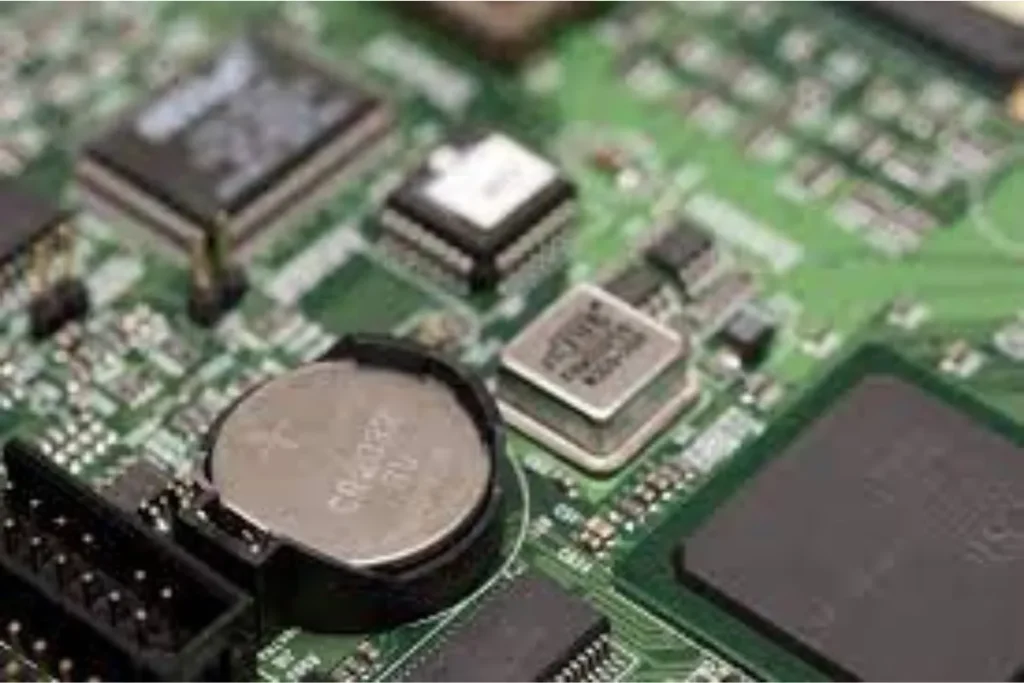
You might be wondering, what happens if you ignore a dead CMOS battery? Well, the consequences can be quite frustrating and can significantly impact your computer’s performance.
Loss of BIOS settings and preferences
When the CMOS battery dies, your computer loses the stored BIOS settings and preferences. This means that any custom configurations you had set up, such as boot order, overclocking settings, or power management options, will be reset to default values. It can be time-consuming to reconfigure everything to your liking.
Inability to save changes made to system settings
A dead CMOS battery prevents your computer from saving changes made to system settings. Every time you power off your computer, any modifications you made to settings like display resolution, time zone, or user preferences will be lost. It can be frustrating to have to make these changes repeatedly.
Difficulty in installing and running software
Without a functioning CMOS battery, you may encounter difficulties when installing or running software. Some applications rely on the BIOS settings to ensure compatibility and proper functioning. With a dead CMOS battery, these settings may not be saved or recognized, causing software installation or execution issues.
Failure to recognize hardware components
A dead CMOS battery can lead to your computer failing to recognize hardware components properly. This means that devices such as hard drives, graphics cards, or network adapters may not be detected or function correctly. It can result in limited functionality or even complete hardware failure.
Frequently Asked Questions
1. How can I identify if the CMOS battery is dead?
To check if the CMOS battery is dead, power off your computer, locate the CMOS battery on the motherboard, remove and reinsert it, and then power on the computer. If the battery was the issue, the problem should be resolved.
2. What are the instructions to replace the CMOS battery?
To replace the CMOS battery, power off and unplug your computer, open the case, locate the CMOS battery on the motherboard, remove the old battery, insert the new one in the same orientation, close the case, and power on the computer. This will provide your computer with a fresh CMOS battery.
3. How can I preserve the life of my CMOS battery?
To extend the lifespan of your CMOS battery, keep your computer connected to a reliable power source whenever possible, avoid unnecessary power cycling or unplugging, update your BIOS firmware regularly, and ensure your computer is kept in a cool and well-ventilated environment.
4. What can I do if replacing the CMOS battery doesn’t solve the issue?
If replacing the CMOS battery doesn’t resolve the problem, you can try resetting the BIOS settings to default values, updating your motherboard drivers, or seeking professional help from a computer technician who can diagnose and fix the issue.
5. When should I seek professional help for CMOS battery issues?
If you are unsure about performing hardware-related tasks, it’s advisable to seek professional help. A computer technician can provide expert assistance, diagnose complex issues, and ensure the proper functioning of your computer, especially when dealing with CMOS battery-related problems.
Conclusion
Recognizing the signs and consequences of a dead CMOS battery is crucial for maintaining a smoothly running computer. From an inaccurate system clock to unstable behavior, the effects can be disruptive.
By following troubleshooting steps, replacing the battery if necessary, and seeking professional help when needed, you can overcome these challenges and ensure optimal performance.
